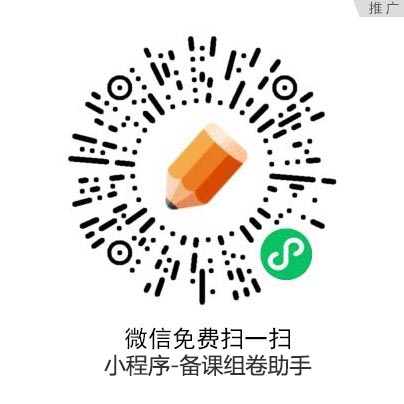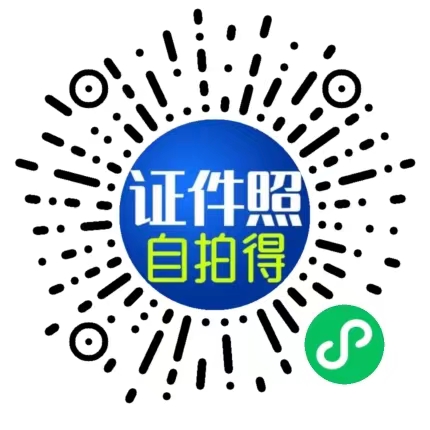吉林省延边朝鲜族自治州延吉市名校2022-2023学年高二下学期5月期中考试英语试卷试题详情
阅读理解
By the year 2050, Earth's population is expected to reach nearly 10 billion people. With this growth comes a surprising demand for food resources. To find an effective way to deal with the global food safety crisis, Enter X, Alphabet Inc launched Project Mineral, which focuses on "computational agriculture", a term to describe new technologies that will further increase understanding about the plant world.
Can a machine be taught to understand the plant world? After years of work, Project Mineral leader Elliot Grant and his team's latest prototype (原型) -a plant-scanning robot-will turn up at the Smithsonian's "Futures" exhibition later this year. The four-wheeled plant robot, about as tall as a shipping container and as wide as a car, uses different cameras and other technologies to monitor and find possible problems with plants.
As it rolls through the farmland, it can identify weeds, and measure the ripeness of fruits. The Mineral robot can become taller to take pictures of wheat plants, or widen to scan a broad bed of crops. What's more, when the robot meets with different situations out in the field, it can accurately identify specific crops, traits or diseases.
Mineral has partnered with a farmer in the Philippines who is helping the team study diseases in bananas. Images of diseased bananas will be used to teach the robot how to detect diseases.
The robot also takes pictures of flowers and then employs the machine learning model to count a plant's flowering speed, which is crucial to understand how a plant responds to its environment and predict the yields. Besides, the robot can measure all kinds of leaf sizes and detect greenness.
Though the robot has come a long way from its origin, it's still a prototype. Mineral stresses that they're constantly improving and working closely with experts in the agricultural field to understand plants further.
试题所涉知识点




